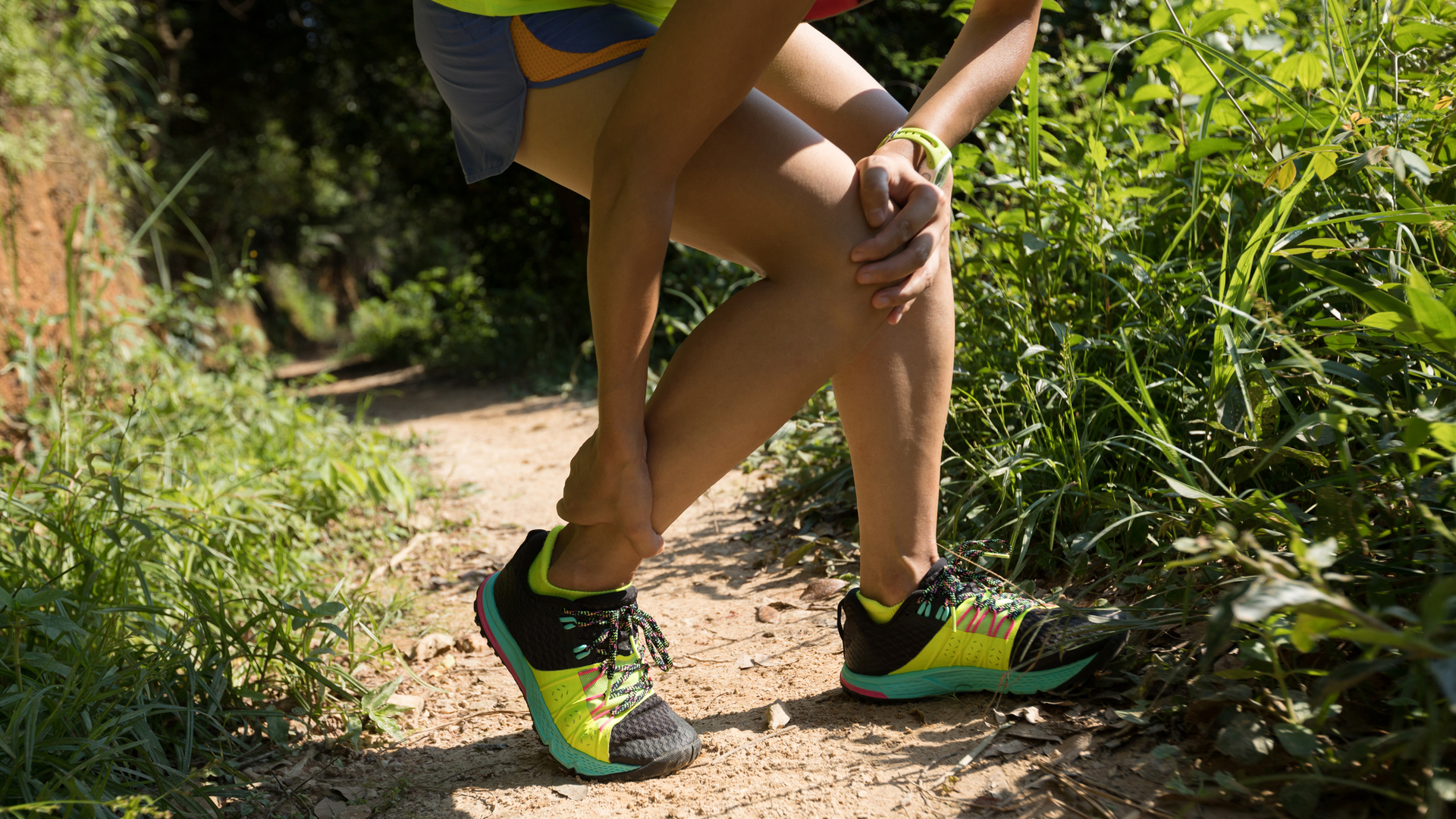Patagonia vs The North Face – a closer look at two popular brands
What are the similarities and the differences of two major outdoors clothing and equipment companies
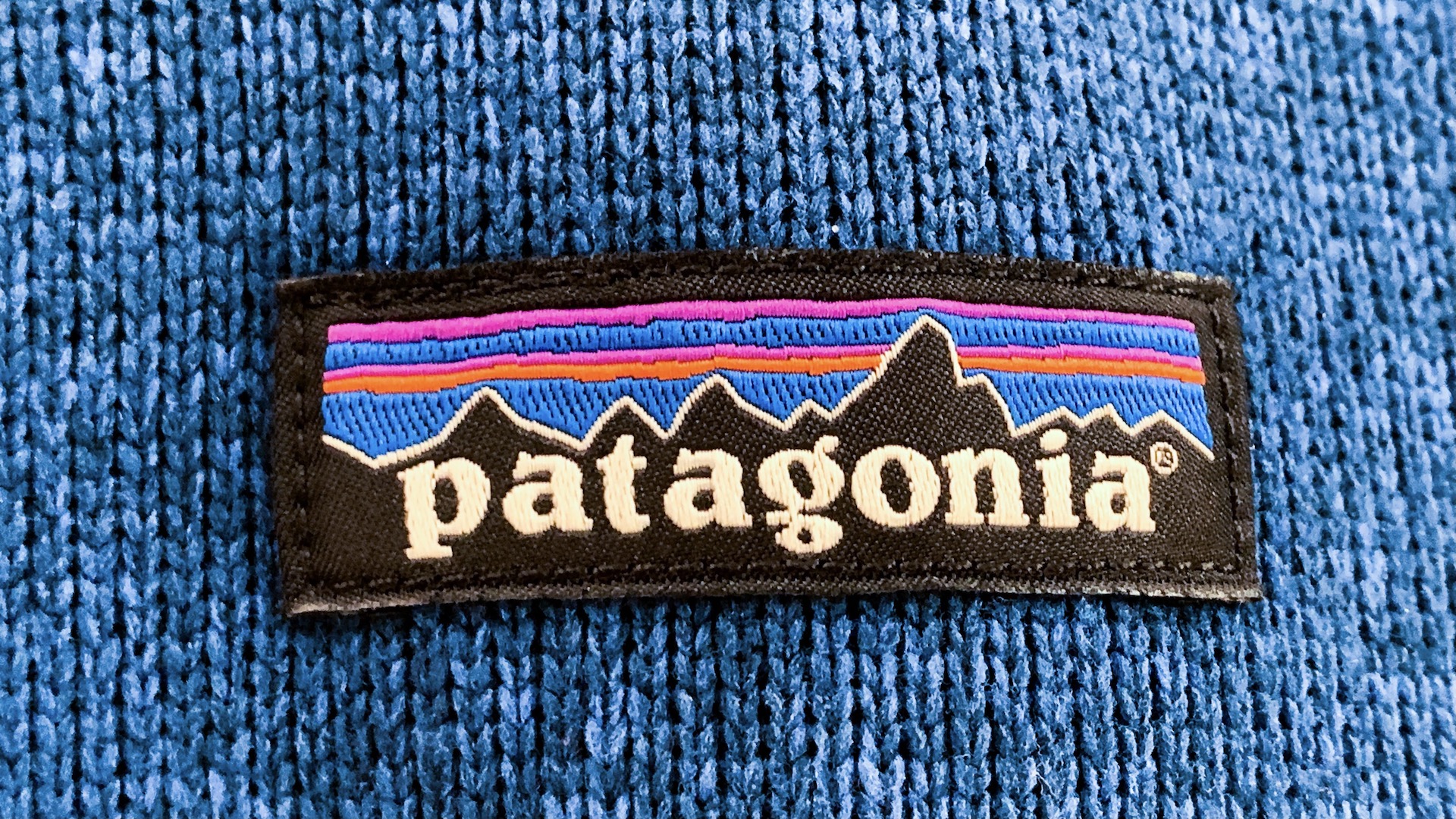
Patagonia and The North Face are both well-known outdoor brands that sell a range of outdoors gear and apparel. The two US companies offer a wide variety of outdoor clothing, as well as packs, bags and sleeping bags and accessories, although The North Face has a far more extensive product range and also sells tents.
Patagonia covers six activity areas for clothing – for both men and women – including trail running, mountain biking, surfing, climbing, snow sports and fly fishing. The on-line store also sells kids and baby outdoor wear, as well as workwear clothes, sleeping bags and books. It’s interesting to note that there is no collection of hiking or walking apparel and nor do they sell footwear.
A quick look around The North Face retail offering and you see clothing and gear for men, women and children across categories such as jackets and coats, tops, bottoms, footwear, accessories, bags, sleeping bags and other camping equipment. Different activities are covered, too, including mountaineering, snow sports, ski touring, ski touring, hiking, trail running, training and climbing.
As well as specialist outdoor sports, The North Face has also broadened their apparel range to include casual, lifestyle options.
When focusing on product ranges, the main difference between Patagonia and The North Face is the huge number of products sold under the TNF branding compared to Patagonia, which focuses on fewer lines.
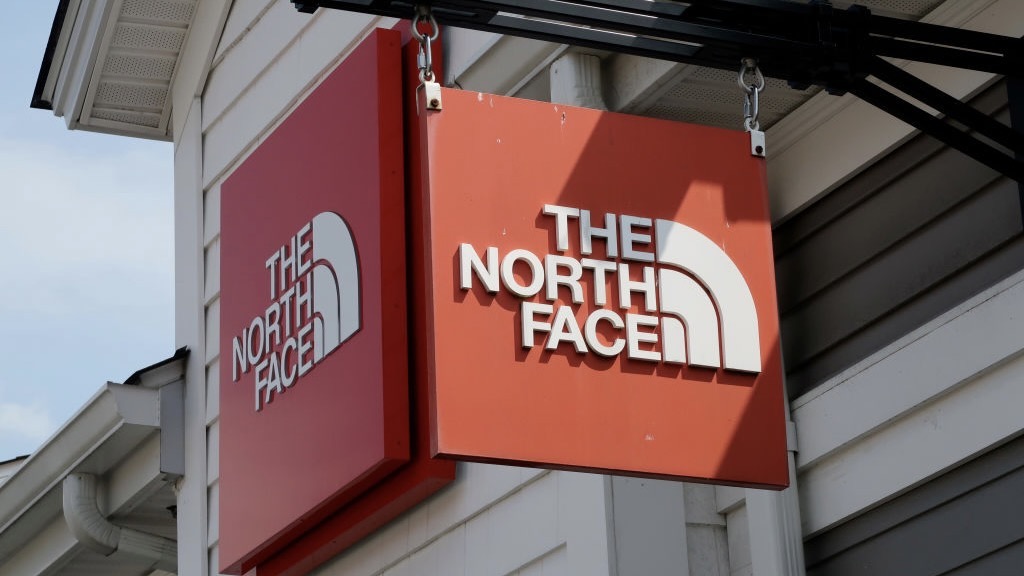
History of Patagonia vs The North Face
Both Patagonia and The North Face were founded on the coast of California within five years of each other.
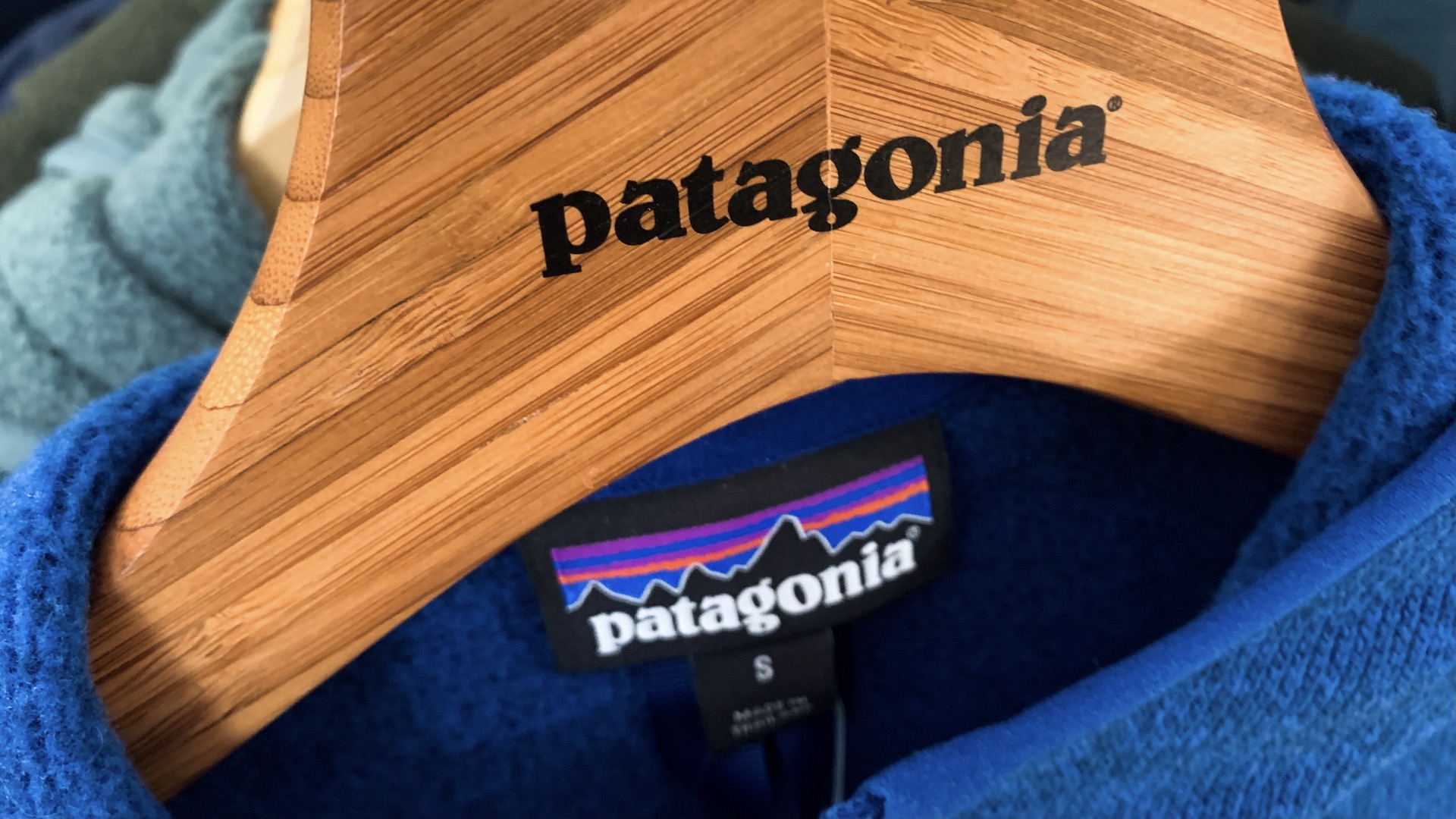
History of Patagonia
It was in 1953 when teenage Yvon Chouinard discovered a passion for rock climbing. Five years later, aged 19, he decided to teach himself how to be a blacksmith.
Advnture Newsletter
All the latest inspiration, tips and guides to help you plan your next Advnture!
His aim was to make climbing pitons for himself and friends, as well as selling some to other people, for climb in locations such as the US climbing mecca of Yosemite.
Chouinard’s next steps into creating an outdoor apparel empire came in 1965 when he partnered with Tom Frost to launch Chouinard Equipment. They ran the company for almost a decade and in that time it became the US’s largest supplier of rock climbing gear.
During this time, Chouinard became more aware of the environmental impact of outdoor activities when he realised his iron pitons were causing damage to the structure of the rocks. This led to a reinvention of an aluminum chock, instead of an iron piton.
As the range of clothing and equipment grew, Chouinard decided to start Patagonia, which was founded in Ventura, California, in 1973. In due course, Chouinard Equipment was sold off and became Black Diamond Equipment. Patagonia’s range expanded to the sports covered today.
It’s long been said that a big part of Patagonia’s success is due to its reputation for caring about both the workforce and the environment, as well as for selling high-quality products. These items often come at a higher price but consumers appear to be willing to pay extra for a company that focuses on fairness, philanthropy and environmentalism.
More recently, Patagonia announced a major restructure to become a not-for-profit company. In September 2022, Chouinard, revealed that future profits will go to “save our home planet”. Patagonia has donated 2% of all stock and all decision-making authority to a trust, which will oversee the company’s mission and values.
The other 98% of the company’s stock will go to a non-profit called the Holdfast Collective.
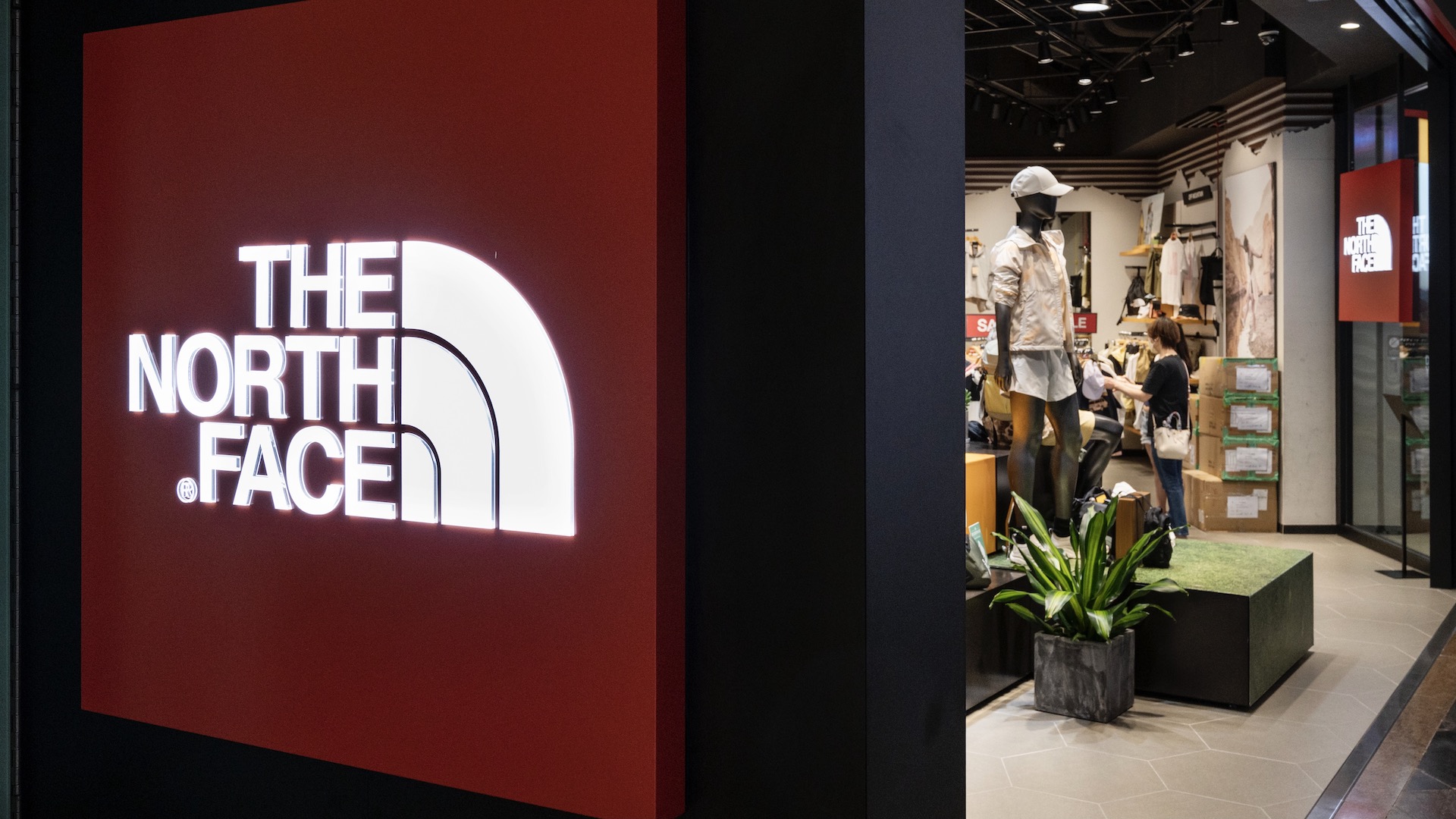
History of The North Face
The North Face ws founded in 1966 when a young hiking couple Douglas and Susie opened a small camping and rock climbing store in San Francisco. Two years later they sold it to Kenneth Klopp, who moved it to Berkeley in North California and started making products in-house.
Over the next three decades, the company was to be bought and sold several times.
The 1980s was a good decade for TNF in terms of trade and profits but in the early 1990s the company ended up filing for bankruptcy. It managed to survive and came back but then faced charges of accounting fraud.
In 2000, VF Corporation bought TNF and still runs the brand. TNF has also become wiser environmentally, as have many outdoor brands, although it’s fair to say Patagonia are decades ahead in terms of their promises, pledges and actions both ethically and environmentally.
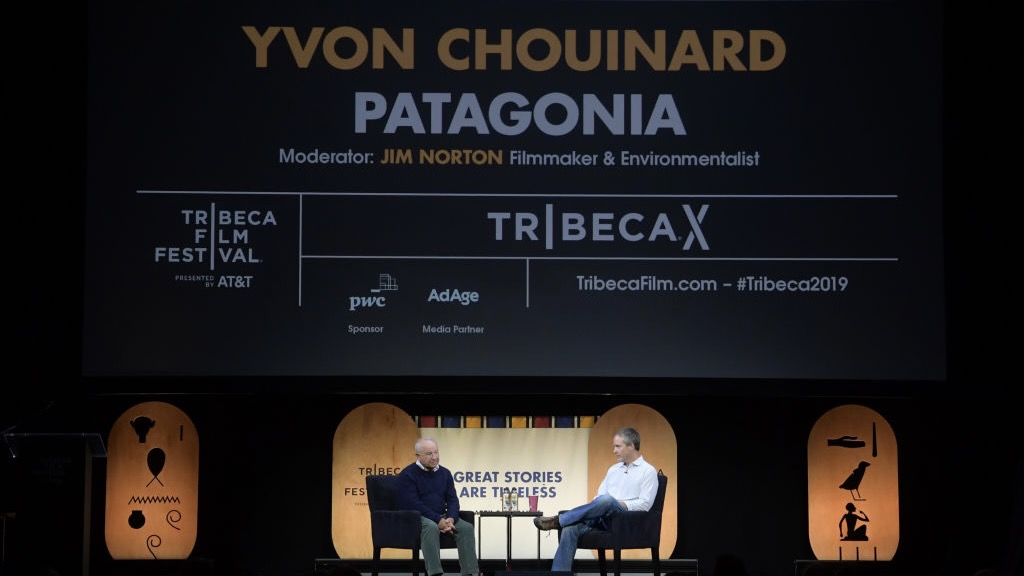
Patagonia vs The North Face on the environment
It’s worth taking a closer look at the environmental impact of the outdoors industry, with a focus on Patagonia vs The North Face. There is generally a greater concern for climate damage both from industry and consumers.
However, there is also still a fair amount of greenwashing in the world of outdoors clothing and gear manufacture and sales. It’s important to dig deeper for the truth about planet friendly actions.
Closer look: Patagonia
Patagonia has long been known for taking the environment and ethics very seriously. It started with Chouinard’s sudden realisation that his iron pitons were damaging the rock. Throughout the history of the brand, Patagonia has been focused on environmental and social issues.
Chouinard has shown he is not afraid to campaign and take action and Patagonia has since become known for fighting all kinds of issues, such as a campaign against proposals to develop Yosemite Valley in the later 1980s.
Taking a closer look at Patagonia’s products and you’ll see many recycled materials, with more than half fabrics being certified bluesign®, while all of their cotton is certified by the Global Organic Textile Standard.
The brand also has a Worn Wear scheme that discourages customers from always buying new clothes and offers a free repair and reuse service. And products that are sent but unwanted are repaired and resold as second-hand, or recycled so as to minimise landfill waste.
Then there’s Patagonia Action Works, which aims to educate the public about conservation and supports other organisations that are working towards the same goals.
And to add to this, Patagonia has strong ethical concerns and pledges that show they care a bout the lives and livelihood of the people who manufacture their products. To this end, Patagonias is Fair Trade Certified™.
Patagonia is also a B-Corp company, which means employees, communities and the environment rank alongside shareholders in the decision-making processes.

Closer look: The North Face
While The North Face can’t claim the same commitment to the environment over the decades, in recent yers the company has launched some commitment goals, such as their recycling scheme, Renewed, as well as reporting that they plan to source all materials responsibly and eliminate single-use plastics by 2025.
TNF’s ThermoBall Eco collection also now uses 100% recycled materials, plus their Explore Fund supports non-profit organisations with an aim of getting more people outdoors.
But let’s see what the eco watchdogs say
A leading consumer watchdog, Ethical Consumer, provides further insight into a number of outdoor companies and the truth behind their environmental claims, as well as ethics. The brands include Patagonia and The North Face.
Ethical Consumer gives Patagonia a glowing report, which is rare for an outdoors brand. On the website it states: “Our research found few negative ethical issues with Patagonia. The company has done well in our rating system in a number of categories, including climate change, pollutions and toxics, human rights, supply chain management, animal rights, social finance, and political activities.”
Certified animal down
Ethical Consumer reveals that Patagonia and The North Face are two of only a few outdoors companies, which also includes Mountain Equipment and Fjallraven, that have each developed their own standards. Patagonia has the Global Traceable Down Standard (TDS) and the The North Face’s Responsible Down Standard (RDS).
TDS and RDS have been taken up by other companies, too. These standards guarantee that down is not from live-plucked or force-fed animals, only from animals raised for their meat, and that each stage of the supply chain is audited by a third-party certification body.
The use of PFCs
Perfluorochemicals (PFCs), a compound used widely in this sector for its water-repellent properties, has been a major climate damaging issue for decades.
Ethical Consumer has rated outdoor clothing brands according to the use of PFCs, from "best" to "worst".
Both Patagonia and North Face are given a “middle” rating” for using PFCs but with a target date for phasing out. (This information was updated in February 2022).
It has also been reported more recently that 78% of Patagonia materials are PFC-free with a goal of all by 2024.
Microfibres
Microfibres are also an environmental concern and the outdoor clothing industry relies heavily on synthetic materials, such as polyester, nylon, acrylic, and spandex, which are known to shed tiny pieces of planet baddie plastic.
Patagonia has been at the forefront of action to reduce microfibres and has been funding much of the research that has taken place so far. In 2016, the brand partnered with the University of California to assess microfibre shedding during washing.
The research found that over its lifespan, Patagonia’s “high-quality” fleeces shed significantly less than a “lower-quality, generic brand fleece” during washing. In addition, a 2021 report by the Changing Markets Foundation supports Patagonia’s findings. It reported: “Cheap clothes made from plastic fibres are much less robust.”
Recycled polyester
Because polyester is lightweight, strong and flexible, it is widely used for outdoor products, including tents, rucksacks and sleeping bags. However there are a range of reasons why polyester is not good for the environments. Green Choices has a good summary.
Many outdoor clothing products are advertised as having recycled polyester content but, in fact, use a blend of recycled and other fabrics.
Patagonia can be commended for using the highest percentage of recycled polyester overall, although it is noted by consumer watchdogs that other brands also had ambitious targets for increasing the use of recycled materials in the near future.
Workers’ rights
Patagonia is a leader in this area, too, and many of its products are sewn in Fair Trade-certified factories.

What about buying second hand?
While outdoors brands require sales of their products to make profits and survive, some are pushing a campaign to encourage consumers to buy second-hand or repair where possible.
Both Patagonia and The North Face sell used products through ASOS vintage marketplace.
Patagonia also operates a take-back service for end-of-life items, where they pledge to rehome, repurpose or recycle. But items need to be returned in store and there are a limited number of stores in the UK. Patagonia offers a free repair service as well.
Carbon management and reporting
Again, Ethical Consumer has rated outdoor brands for their carbon management and reporting. Both The North Face and Patagonia received a best rating. The two brands also received the same rating "middle" for their policies on toxic chemicals use, which means they are “taking some steps in the right direction”.
Conclusion: Patagonia vs The North Face
While both Patagonia and The North Face sell similar outdoor apparel there are a number of differences between the two popular brands. The main differences focus on the larger product range and the greater sales lines offered by TNF.
Patagonia has more credibility and focus on both environmental and ethical issues, which many more consumers now demand when making purchasers.
Whether you prefer one brand over the other will depend on what product you are looking for, your budget and your eco conscience.
- Best fleece jackets: cozy winter warmers to keep you snug outdoors

Fiona Russell is a widely published adventure journalist and blogger, better known as Fiona Outdoors. She is based in Scotland and is an all-round outdoors enthusiast with favorite activities including trail running, mountain walking, mountain biking, road cycling, triathlon and skiing (both downhill and backcountry). Aside from her own adventures, Fiona's biggest aim is to inspire others to enjoy getting outside and exploring, especially through her writing. She is also rarely seen without a running skort! Find out more at Fiona Outdoors.
